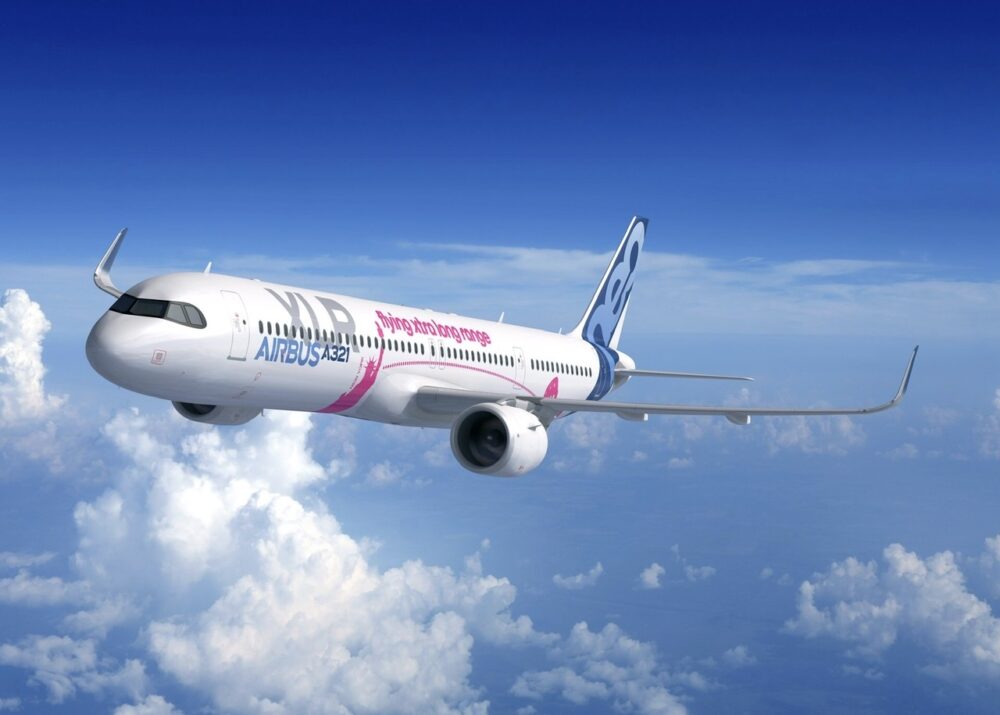Throughout the airline industry, stakeholders are highly anticipating the introduction of the Boeing 777X towards the middle of the decade. This next-generation family of Boeing’s popular twin-engine widebody jetliner will feature several revolutionary features, such as its folding wingtips. However, did you know that Airbus has also previously patented a similar technology?

Airbus’s folding wingtips
As aeroTELEGRAPH has reported, Boeing actually first secured a patent for folding wingtips in the 1990s. However, a lack of interest from airlines at the time meant that the concept did not come to fruition until the development of its 777X. This should have entered service last year, although various delays have seen this pushed back multiple times, most recently to late-2023.
As it happens, both parties from the industry-dominating Airbus-Boeing aircraft manufacturing duopoly have secured such patents in years gone by. The European planemaker secured its own patent for moving wingtips in 2014. It planned for its “wingtip mechanisms” to be “pivotable in relation to the fixed wing.”
Stay informed: Sign up for our daily aviation news digest.




As well as securing a patent for upwards folding wingtips, like those on the 777X, 2014 also saw Airbus be granted one for those which fold downwards. The European manufacturer stated several advantages to downwards folding wingtips.
- This technology would use lighter locking mechanisms and actuators than upwards folding wingtips.
- Such wingtips are supposedly safer. Airbus claimed that this is because aerodynamic forces may cause faulty wingtips to fold upwards inflight, compromising the aircraft’s aerodynamic properties.
Changes to the industry ever since
Since obtaining its patent for folding wingtips in 2014, Airbus is yet to push much further forward in developing the technology. This is because, at the time of the patent application, it predicted “a trend towards increasingly large passenger aircraft”. However, as we have seen in recent years, the opposite has proven to be the case.




This trend away from larger aircraft, in contrast to Airbus’s prediction, culminated last year. By this time, the Airbus A380 ‘superjumbo’ was already becoming obsolete, as airlines began moving away from the hub-to-hub network model its capacity demands.
However, the sharp drop in passenger numbers caused by the ongoing coronavirus pandemic pushed the A380 further into obscurity. This caused airlines such as Air France to prematurely retire its A380 after little more than a decade of operation. With passenger numbers unlikely to return to pre-pandemic levels for some time, the future of long-haul travel lies with game-changing lower-capacity aircraft such as the A321XLR.
The reason for folding wingtips
The folding wingtips will allow 777X operators greater versatility in terms of the airports they can access with the plane. As Simple Flying reported in November, the aircraft will boast Boeing’s widest-ever wingspan, totaling 71 meters in width.




This would ordinarily place the aircraft in ICAO’s aerodrome code F. This is the same categorization as larger airliners such as the Airbus A380 and Boeing 747. This would greatly restrict which airports the 777X could fly in and out of. However, the wingtips offer a solution.
When the 777X is safely on the ground, its wingtips can fold upwards and inwards. This reduces its wingspan to 64.8 meters, which is just below the threshold (65 meters) for ICAO code E. This means that it will have the same operational versatility as previous 777 models. This, in turn, will allow operators of both old and new variants to enjoy increased flexibility in the event of a swap.
How do you feel about folding wingtips on commercial aircraft? Do you think they will become a more common feature on future designs? Let us know your thoughts in the comments.



